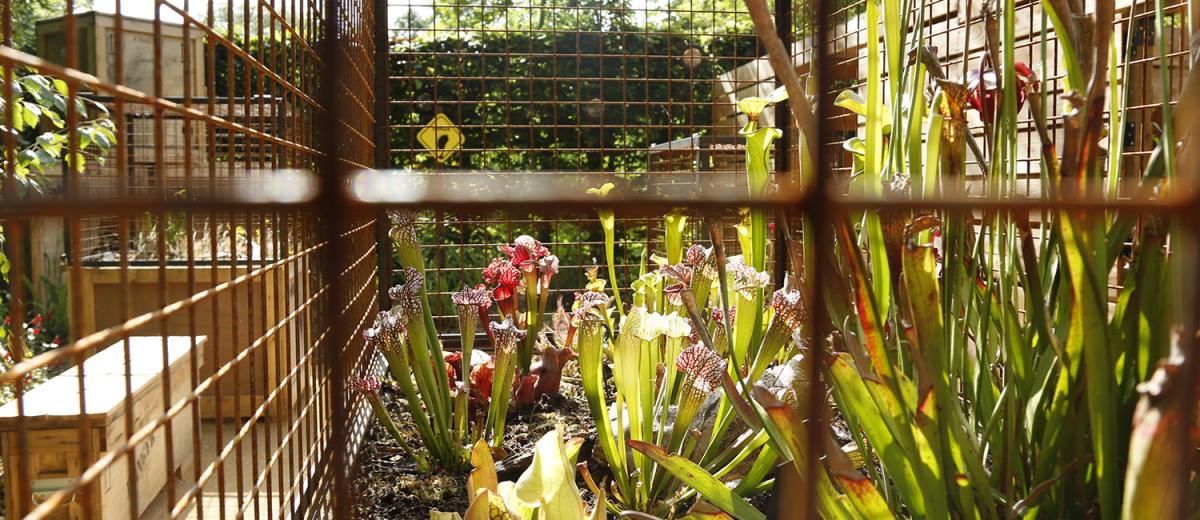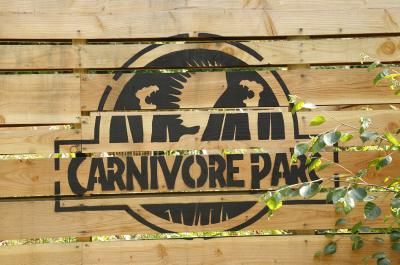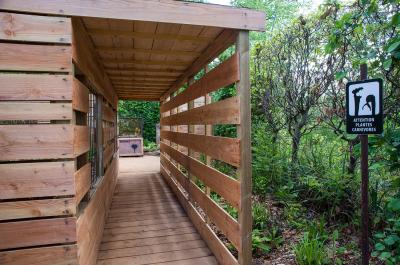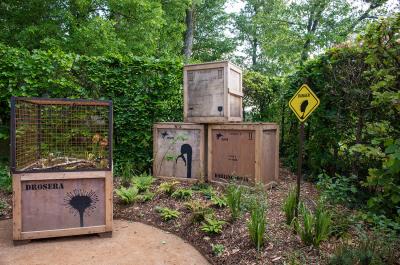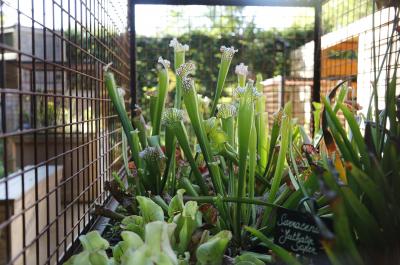From within these mineral-sparse environments, such unusual plants have developed subtle traps for capturing small animals, thereby turning into carnivorous plants!
Observed for the first time in the 18th century by naturalist John Ellis, carnivorous plants were also studied by Darwin who would reveal this "upside-down world, where plants eat animals”. More than 550 species have been counted worldwide to date.
This carnivorous garden gives us an opportunity to have a closer - if wary - look at these rare organisms for ourselves: the jaws of the Venus Flytrap, the glue traps of the Sundews or the urns of the Pitcher Plants. A patio gives pride of place to a rich peat bog in the middle of the garden, evoking the natural habitat for these plants, while the latter are displayed like works of art in a garden of curiosities.
DESIGNERS
Mathieu ALLAIN, landscape architect, and Stéphane LE GOURRIEREC, landscape engineer
BELGIUM

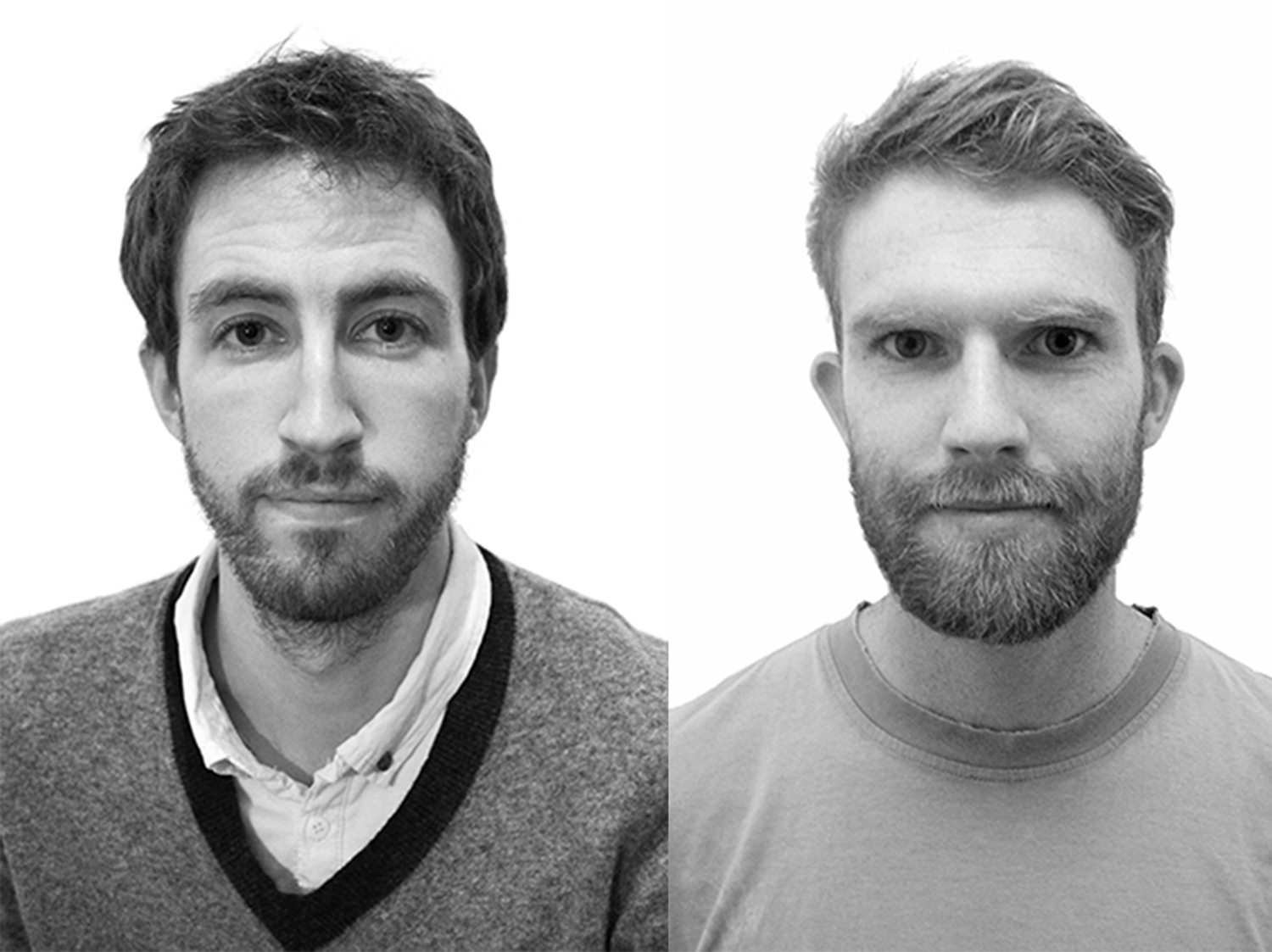
From left to right: Mathieu Allain and Stéphane Le Gourriérec
Mathieu Allain
“After obtaining a Higher Technical Certificate in Landscaping with Stéphane Le Gourriérec in Brittany, I went off to study at the Gembloux school in Belgium, where I graduated with a Master’s in Landscape Architecture in 2013. As a freelance professional in Brussels, I work in collaboration with other landscapers on projects on a variety of scales. Our exchanges with disciplines encompassing specialised approaches help us give meaning back to the locations we work on through minimal, uncluttered intervention. Visits, travel and field experience enrich my understanding of landscapes and landscaping on a daily basis.”
Stéphane Le Gourriérec
“I’ve been working as a landscape architect for Ateliers UP+ at SCE Nantes since 2012; my studies in the field kicked off in Morbihan, with obtainment of a Higher Technical Certificate in Landscaping, and I then went on to Angers to take a course in Landscape Engineering. Spurred by an overriding passion for gardens and botany, my travels abroad enabled me to get better acquainted with Belgian, Canadian and Swedish landscapes. As I continued on my career path, I became increasingly drawn to the realm of project management as I wanted to become involved in spatial planning projects. I very much like being able to work on a variety of scales and in liaison with other disciplines. Nature and its wide open spaces are the best sources of inspiration as far as I’m concerned. It was while I was hiking through Algonquin Park (Canada) that I first became acquainted with carnivorous plants in their natural environment. I was later able to take a closer look at them in France, in the heart of Brittany and in the Vosges. The biodiversity existing in these fragile environments is of considerable interest. The curiosity and fascination inevitably aroused by carnivorous plants led me to start growing them myself, and finally introduce them into Chaumont-sur-Loire’s gardens…”
